Selected Works
Environmental Sound Artists
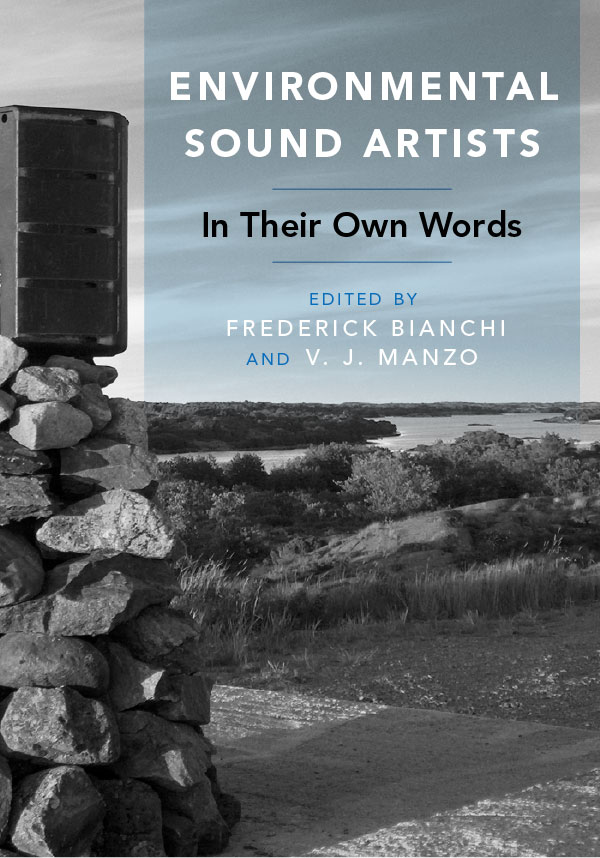
Frederick Bianchi & V.J. Manzo Oxford University Press
with foreword by Joel Chadabe
Environmental Sound Artists: in their own words, is an incisive and imaginative look at the international environmental sound art movement, which emerged in the late 1960s. The term environmental sound art is generally applied to the work of sound artists who incorporate processes in which the artist actively engages with the environment. While the field of environmental sound art is diverse and includes a variety of approaches, the art form diverges from traditional contemporary music by the conscious and strategic integration of environmental impulses and natural processes.
This book presents a current perspective on the environmental sound art movement through a collection of personal writings by important environmental sound artists. Dismayed by the limitations and gradual breakdown of contemporary compositional strategies, environmental sound artists have sought alternate venues, genres, technologies, and delivery methods for their creative expression. Environmental sound art is especially relevant because it addresses political, social, economic, scientific, and aesthetic issues. As a result, it has attracted the participation of artists internationally. Awareness and concern for the environment has connected and unified artists across the globe and has achieved a solidarity and clarity of purpose that is singularly unique and optimistic. The environmental sound art movement is borderless, alive, and thriving.
Brain and Creativity Research

Description:
In collaboration with Dr. Karl Helmer (Harvard Medical School) and Professor Rich Falco (WPI) research has been underway to explore creativity and brain function in jazz musicians. The results of the work will be presented at the conference of the Northeast Music Cognition Group at Harvard University. The research focuses on the brain activity of professional jazz musicians who have been scanned by fMRI. Each musician was placed inside the ‘magnet’ for one hour while involved in jazz improvisation tasks. Of particular interest is the interaction between the Default Mode Network and the Dorsal Attention Network as well as the activation/deactivation patterns of the dorsolateral prefrontal cortex (DLPFC). This work has implications in the area of virtual instrument performance, music performance pedagogy, improvisation training, and meditation studies.

Venice Noise
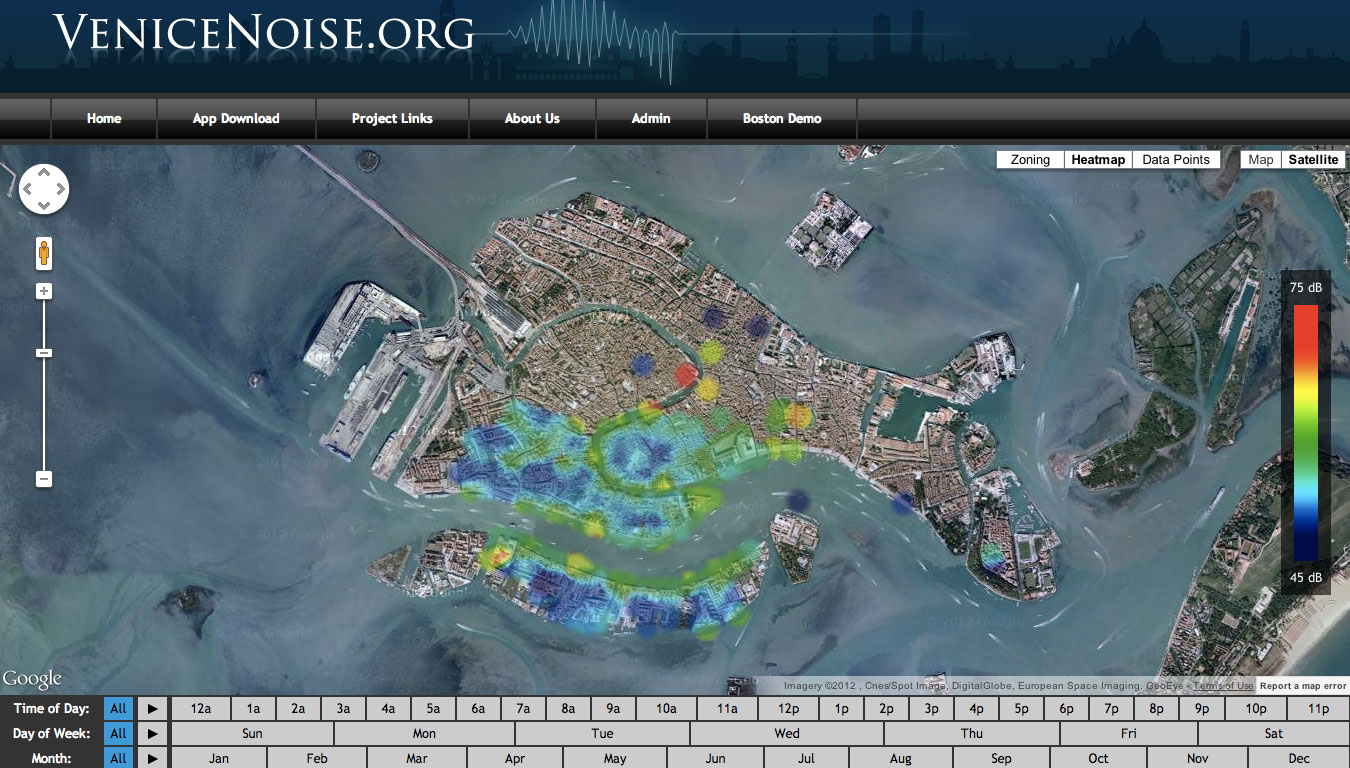

Description
Venice Noise was created to track noise and sound levels in the historically quiet city of Venice, Italy. Due to increased tourism and the encroachment of technological development, the city is experiencing a sonic evolution that is both potentially dangerous and artistically revealing. Venice Noise enables government officials, tourists, and artists to participate in a new era of digital citizenship and real time monitoring. The smartphone application allows anyone to record and upload noise samples to the website at VeniceNoise.org from anywhere in Venice. The sound samples are then analyzed and interactively displayed to create a sonic ‘heat map’ of the city. Thanks to collaborators Fabio Carrera, Neil Pomerleau, Robery Puishys, Wesley Ripley and Elliott Calamari.

Trail View
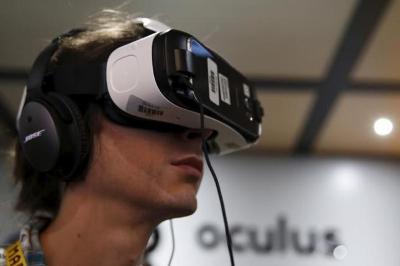
Description
Trail View is the visual documentation of the 125 miles of hiking trail in the Acadia National Park. Using 360 degree photography, the trails are organized into virtual tours and made available online. In 2016, the trail views will begin incorporating 360 degree video and delivered in an immersive virtual reality experience. The trail view is an ambituous project that has relied on the hardwork and cooperation of numerous collaborators over the years including:
Abe Miller-Rushing: Science Coordinator, National Park Service
David Manski: Director of Conservation and Cultural Heritage, Acadia National park
Sheridan Steel: Superintendent, Acadia National park
Emma Albee: Science Information and Communications Manager
John Kelly: Management Specialist Acadia National Park
Kristina Rugg: Graphics Ranger Acadia National Park
Perry Quinn, Rachel Wigell,
William Korb, Laura Hart,
Lauren Mickelson, Cameron Canale,
Emily Anness, Timothy Clavert,
Luke Pantuosco, Caitlyn Marcoux,
Fernando Gonzalez, Stephanie Fariello,
Joe Crimi, Harrison Czajkow,
Yani DeAraujo, Marcus Knodler,
and Patrick Lacroix.
Sound Archives
Description:
Collaborating with Fabio Carrera, a series of projects called City Sounds was initiated and intended to capture, document, preserve, and archive sounds that characterize cities from around the world. The first project was entitled The Sounds of Venice and included the preservation of hundreds of indigenous Venetian sounds. The goal was to make these sounds available to scholars, artists, researchers, historians, and sound professionals and to invite musicians to create original compositions that would incorporate these sounds. Other sound archives include Boston, Santa Fe, and the Acadia National Park.
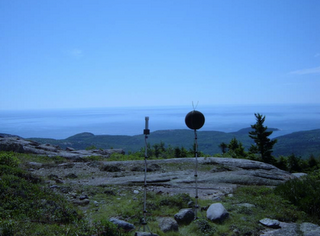
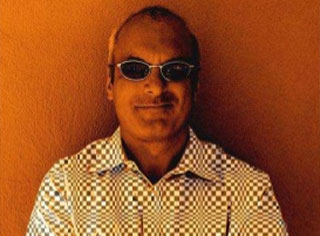
Fabio Carrera
Testimony: Auschwitz
Description
Testimony, the 610 audio speaker installation, is a memorial to those who died, and survived, during the Holocaust. Five years in the making, the work utilizes thousands of hours of survivor testimony and witness accounts.
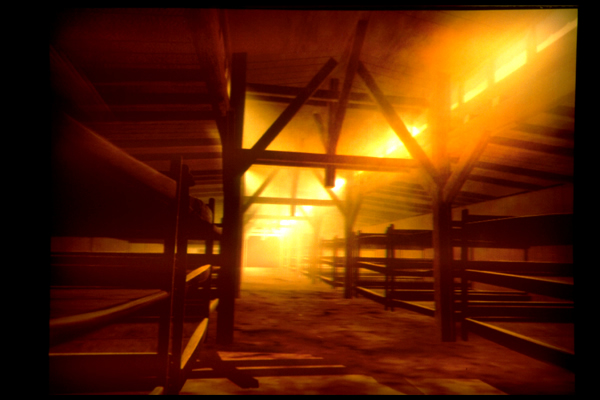
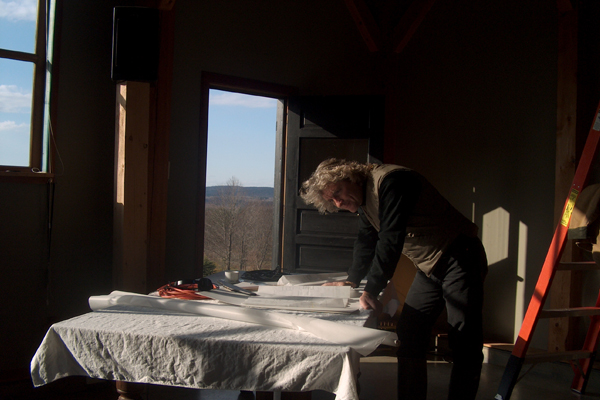
Sound Immersion - Geneva Opera House
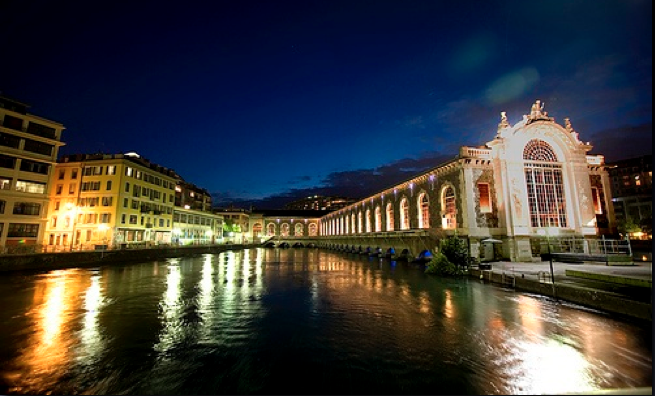
Description
A 365-speaker sound design at the Geneva Opera House in Switzerland. Using the Virtual Orchestra to control the precise localization of sound, along with the Suisse Romande Orchestra, the work was realized as a complete surround and immersive sonic experience.
MAGIC
Media Arts Group Innovation Center
Frederick Bianchi - Director
The multidisciplinary Center supports creative, scholarly, and technical work in the areas of music, the visual arts, theater, sound, human computer interaction, robotics, recording, interactive media, game design, and applications that promote the integration of art and technology within the culture.

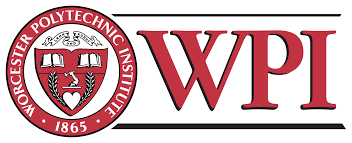
the University Lecture
Description
Professor Frederick Bianchi delivered the second annual distinguished University Lecture. The Virtual Orchestra: In Search of Human Bandwidth explored the history, technology, philosophy, and future of this sophisticated interactive performance technology. The evening included musical selections from the Puccini opera La Boheme and Mozart’s Figaro, sung by soprano Margaret Tartaglia and accompanied by the Virtual Orchestra. The first University Lecture was delivered by inventor Dean Kamen.
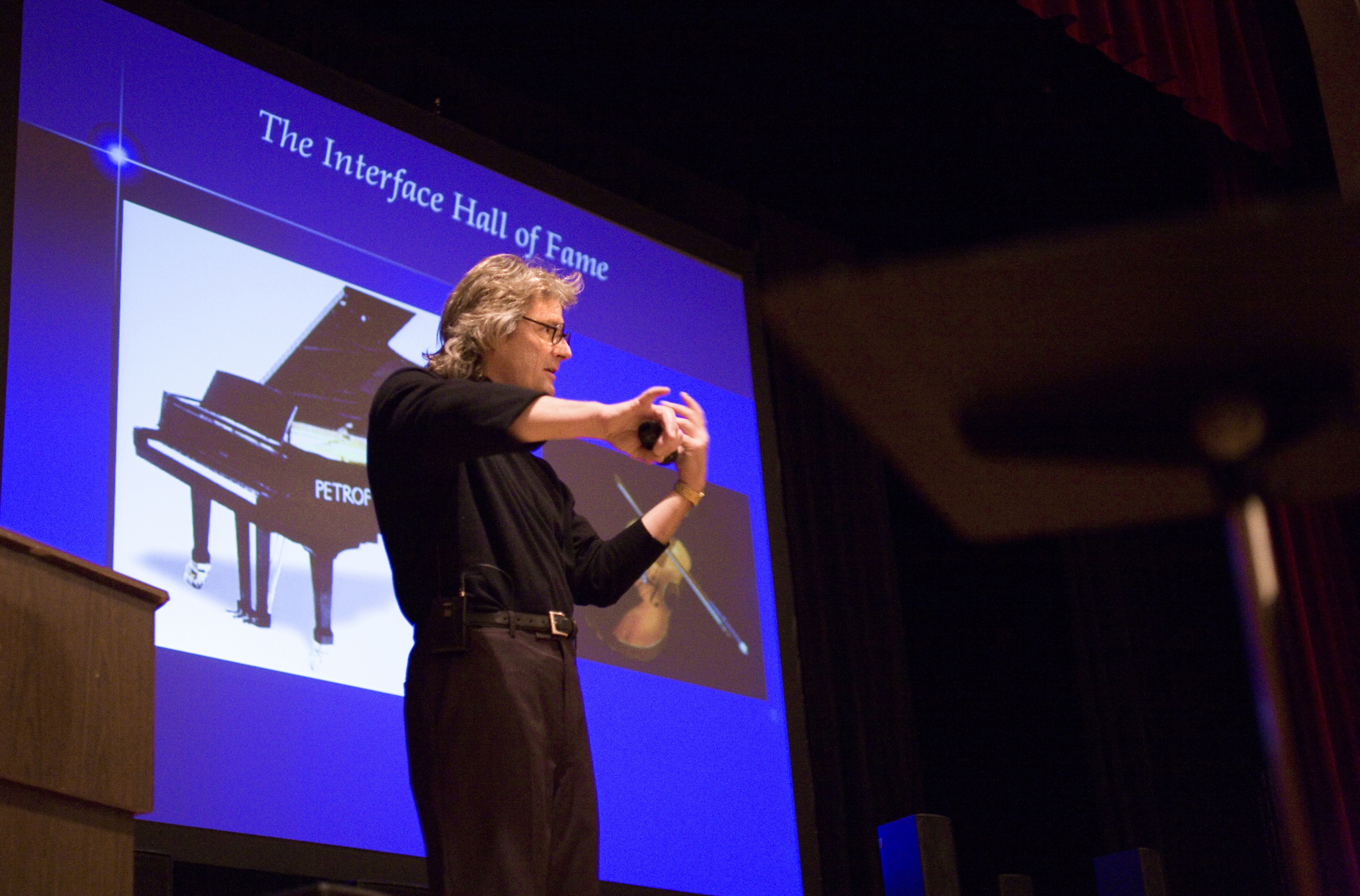
Virtual Orchestra - London
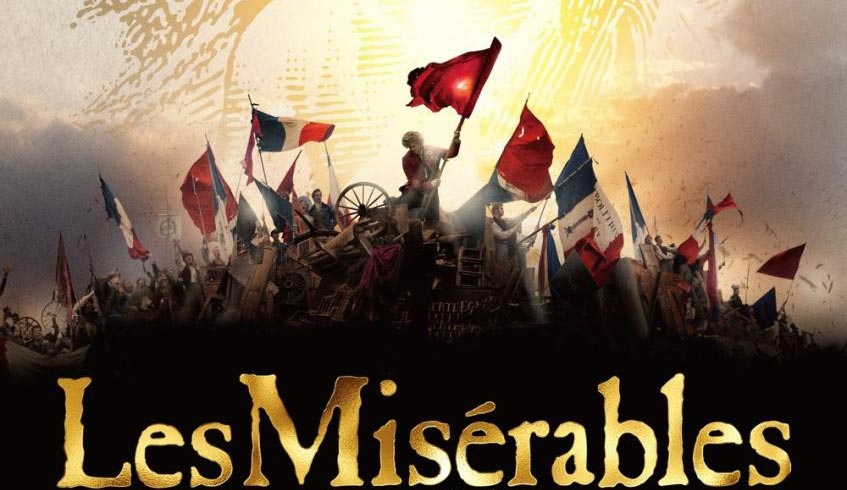
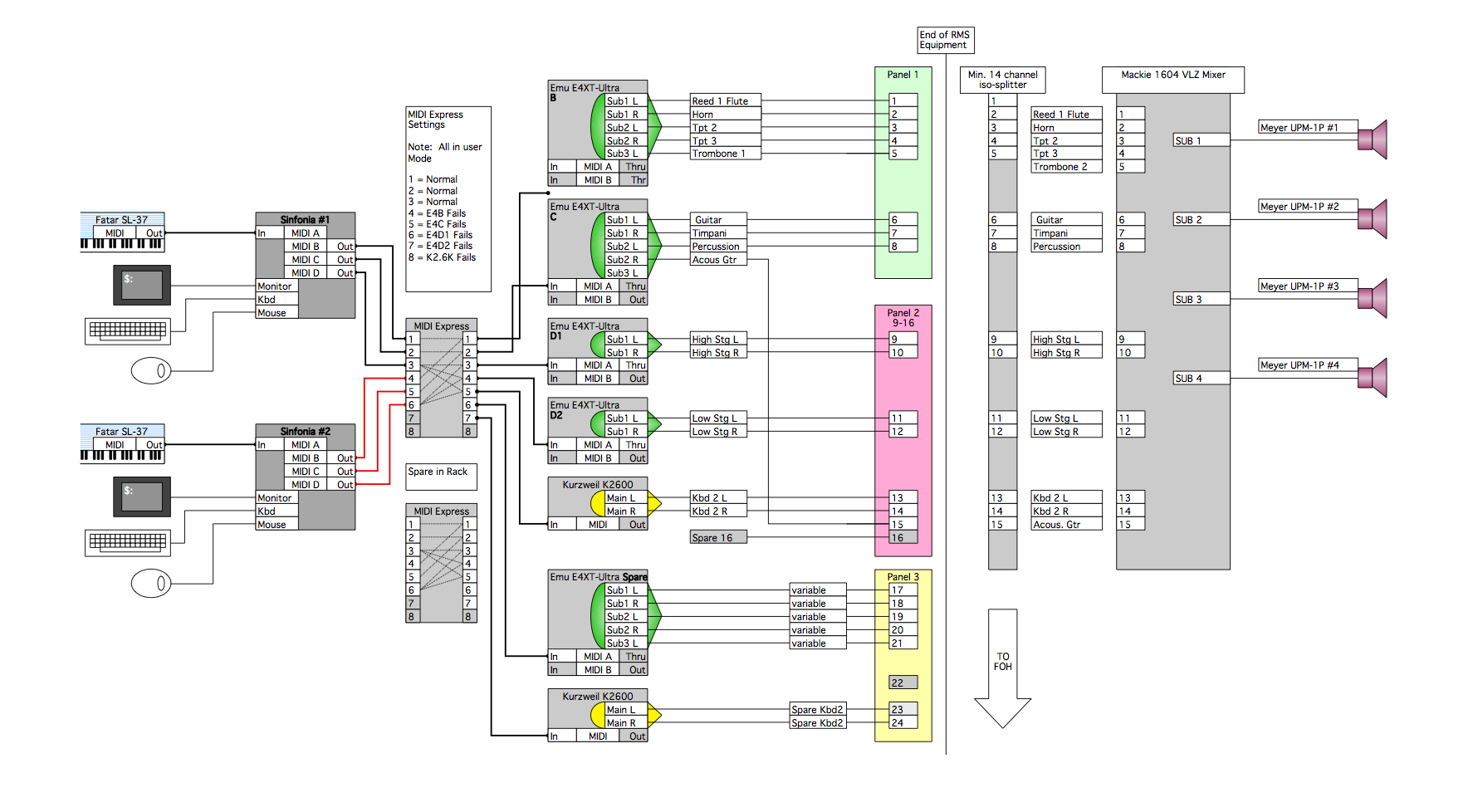
Description
After 18 years at the Palace Theater in London, Les Miserables moved to the Queen’s Theater in 2004. The musical celebrated its 20th anniversary at the venue on 8 October 2005 and overtook Cats as the longest running musical of all time the following year. The transfer to the Queen’s Theater incorporated re-staging, re-lighting, an advanced sound system, re-scoring, and the inclusion of the Virtual Orchestra (Sinfonia). Producer Cameron Macintosh referred to the new production as a “quantum leap forward in technology …. you can hear things you’ve never heard before.”

Repeat Photography and Sound Analysis
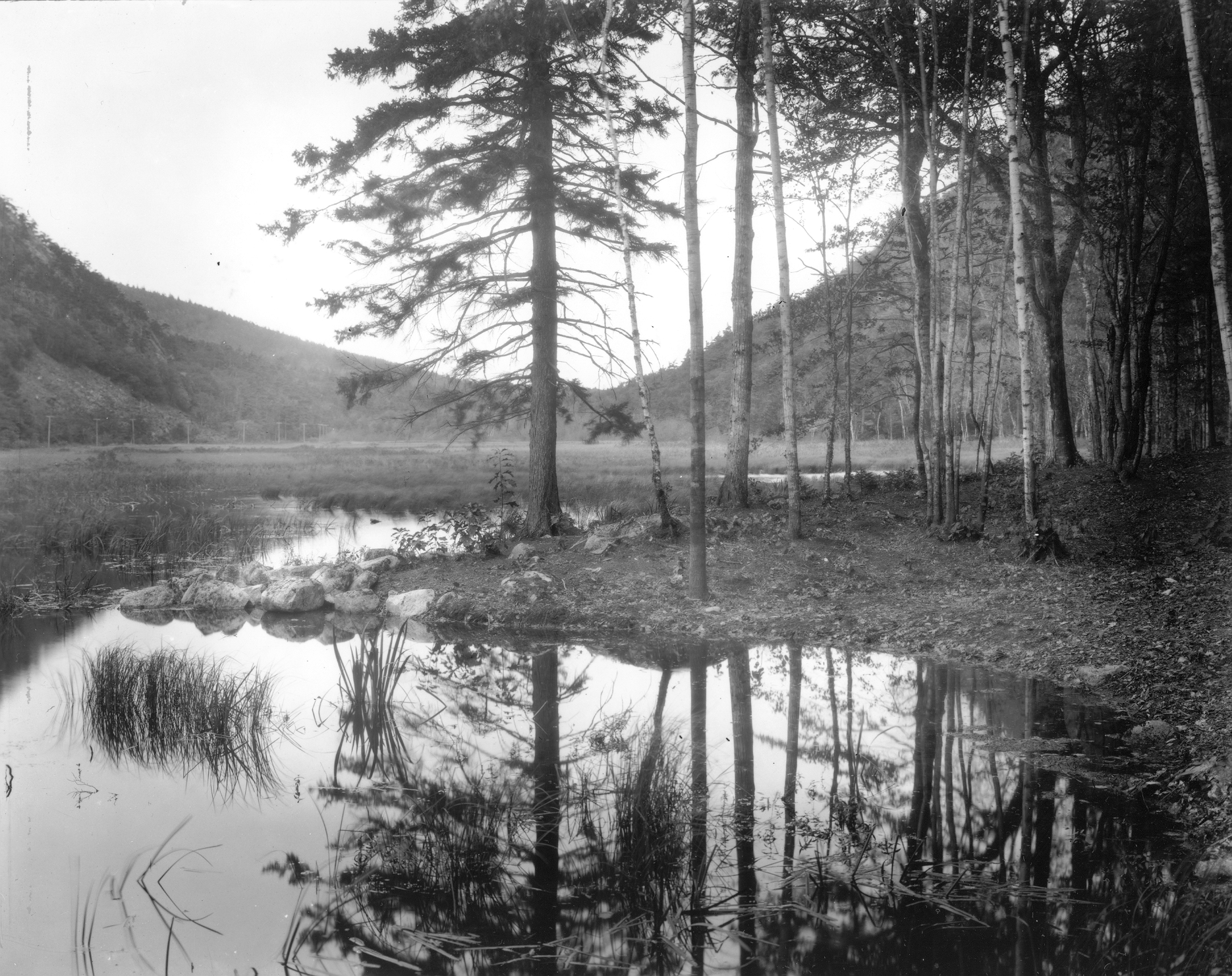
1920
2015
Description
An elaborate photographic and sonic documentation of endangered conservation areas. The ongoing project incorporates super high resolution photography and sonic analysis techniques including underwater photography and underwater sound recording. The project is the beginning of yearly ‘repeat photography and repeat sonic archiving’ which will assist in the preservation process by enabling a mechanism for scientists to monitor and assess small, but significant and subtle changes in the natural landscape over time.

